Deeper Questions
Contents
Quick Note about Iconoclast interconnects
The Iconoclast XLR and RCA share the exact same reactive signatures to carry over the sound quality from one to the other as best possible. This can give a little better cohesiveness in a complete loom. This has been measured, and few really set-out to do this. It is indeed important in my mind, so the effort was done certainly on purpose. This was done by matching the dielectric in each cable to the same chamber volume group dielectric properties. The two cables share the same 1 KHz L and C as well as the swept impedances through the audio band. This is true for both series I and II interconnect leads.
Cable’s digital and analog applications…
Physics says you can’t change a cables application to suit 75 and 100 ohm applications, but we CAN swap the spots so to speak to match high frequency digital with careful design decisions. The digital crowd has proper impedance cable, and the analog crowd has two for RCA and XLR, as the super high input impedance for analog audio makes the difference in RF impedance near meaningless.
– Galen Gareis
Why is silver-plated only available with speaker cables?
One might wonder why silver-plated conductors are available for speaker leads but not the interconnects. In further discussion with Galen, he explains how the silver plating helps most with larger wires and higher frequencies.
Plating will show the most benefit with LARGER sized wires, and higher frequencies, where the skin depth is NOT as coherent, or closer to the same through the wire, as it is with smaller wires.
As the wire is SMALLER than the calculated skin depth (the point where the current is 37% of the surface current is one skin depth) the current will be forced to be closer to the same value in the center of the wire as the surface. Larger wires will see more of the total current at the surface compared to smaller wires.
For example, the speaker cable uses 0.020″ wire, the interconnect use much smaller 0.015″ or 0.010″ wire. The smaller wire used in interconnect force far better current coherence at 20 KHz and more so below that frequency through the wire’s cross-section, such that less and less of the outer signal layer represents the majority of the signal, and thus the silver does less and less.
So the lesson is that as wire size gets larger and frequency goes up, the outer skin layer is more and more of an influence. As wire gets smaller, and frequency goes down, it is less an influence. At some point, a decision is made to NOT use silver. I made that decision at 0.020″.
I hope this helps you understand WHY silver plate is only on the speaker cable. There was a conscious effort to use it ONLY where it might be a benefit for your dollar spent.
– Galen
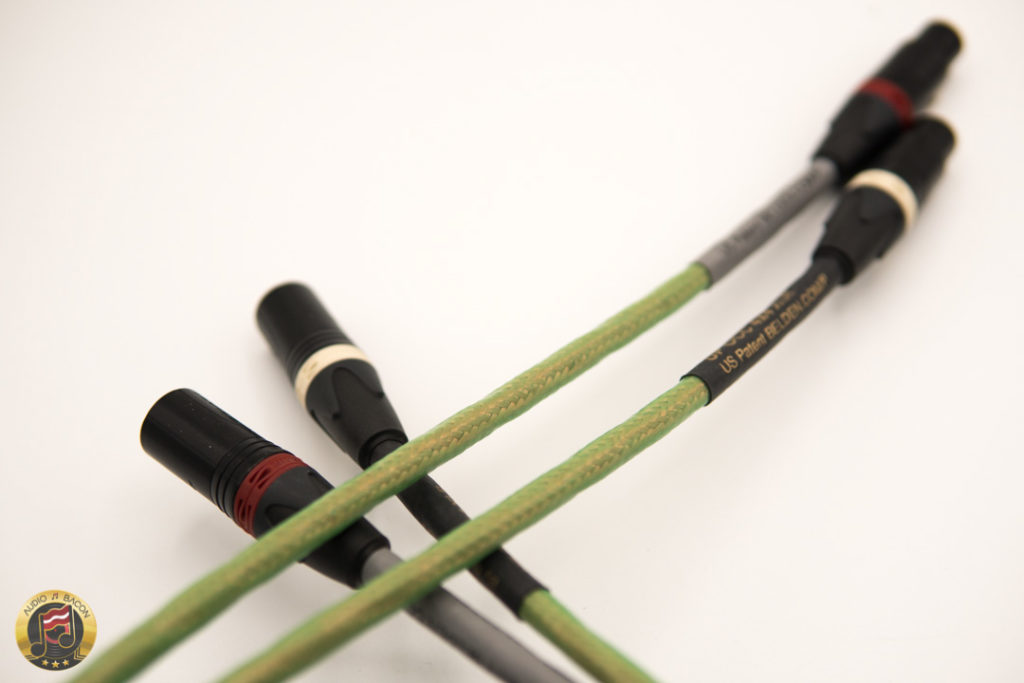
What is Ultra Pure Onho Continuous Cast Copper (UP-OCC)?
C11000 TPC (99.9% pure / 0.02%-0.04% oxygen content) and C10100 OFE (99.99% pure / 0.0005% oxygen content) are ubiquitous but what exactly is OCC (99.99998% pure) copper?
The inventor of the OCC process was the late Dr. Atsumi Ohno. This is the highest-quality technique for drawing copper. He worked closely with researchers at both the Chiba Institute of Technology and the University of Toronto – the two leading OCC research universities in the world.
Typical # of crystals per foot:
- C10100 Oxygen-Free Electronic (OFE) has about 70 crystals per foot (what is used in ICONOCLAST).
- C10200 – Oxygen-Free (OF) has about 400 crystals per foot (not used in ICONOCLAST).
- C11000 Electrolytic-Tough-Pitch (ETP) has about 1,500 crystals per foot (what is used in ICONOCLAST).
Onho Continuous Cast copper is made of a single crystal per 700 feet. Through a painstaking and time-consuming process, at the perfect temperature, at the perfect speed, copper could be drawn in this way.

It’s also a batch process where the volume of wire that goes in, is the same volume that comes out. Therefore, there are limitations to how much could be loaded. If you have thicker wire, it’ll have to be shorter and vice versa.
Although designed for its mechanical rigidity (for use in satellites and shuttles), many audiophiles have discovered its application in cables. We personally use 7N (99.99999%) UP-OCC for all our DC leads. Unfortunately, this copper is only available from a few manufacturers and is very expensive.
So why isn’t there an option for OCC for Iconoclast speaker cables?
Every ICONOCLAST cable is a pure measurement and calculation optimization design, even the material choices have meaning. Where material draw science, so far, is impossible to measure. We offer the copper choice in the exact same design for evaluation.
As for OCC, the smaller the wire, the longer it can be, but even 0.020″ wire will be too short to use economically in speaker cables. Interconnects can be managed. But the singles line for bonded pair runs at 1200-1800 FPM or so.
Iconoclast believes high quality continuous draw wire in SPTPC, TPC and OFE exceeds UPOCC performance on less well made designs.
If you want more details on the process, check out this white paper.
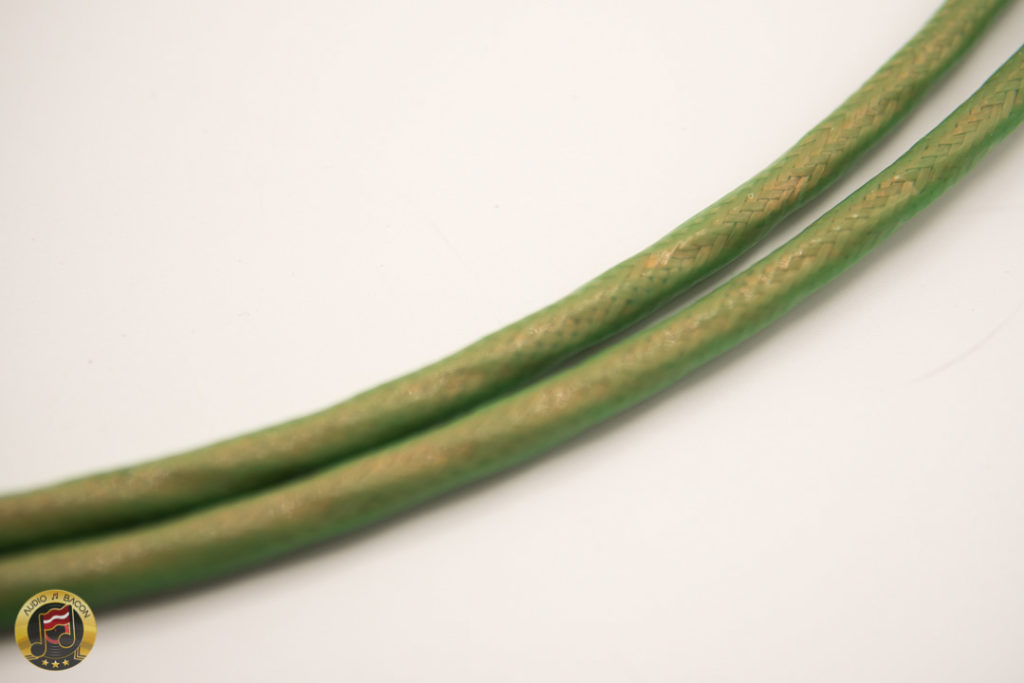
Since air is used as a dielectric, will oxidation be a problem?
Remember RG62 93-ohm digital cable and RG8 50-ohm RF power air core designs? Yep, exact same structure except FEP is denser than PE or HDPE dielectric so it diffuse slower, but that isn`t the answer.
Take a piece of RG8, solid copper, or RG62, copper covered steel, that is decades old and test it at RF, where the cables are used, and where near ALL the signal is at the wire surface with RG62, test attenuation, impedance and phase. RG62 is a worst case with the signal only at the supposedly oxidized surface. Unless you flood the cable with water, changing the dielectric, what do you see? No changes. Zero.
Oxidation has to be especially severe to make meaningful changes. And, the amount of moisture in the air also diffuse through solid plastic, too. So over time the effect converge in all cable at atmospheric pressures, if there even are audible effects.
How bad is it from a look see perspective, as we audiophiles like to decide on things based on what we see? Take a decades old piece of RG62 or RG8 and cut off the connectors and strip it back, what do you see, shiny copper.
The current market likes to create gremlins everywhere. Look at it this way, Iconoclast is so much cheaper than most cable you can change it every five years and still be money ahead if this worries you. Cut the old cable in half and look at it after years of service. Compare it to new.



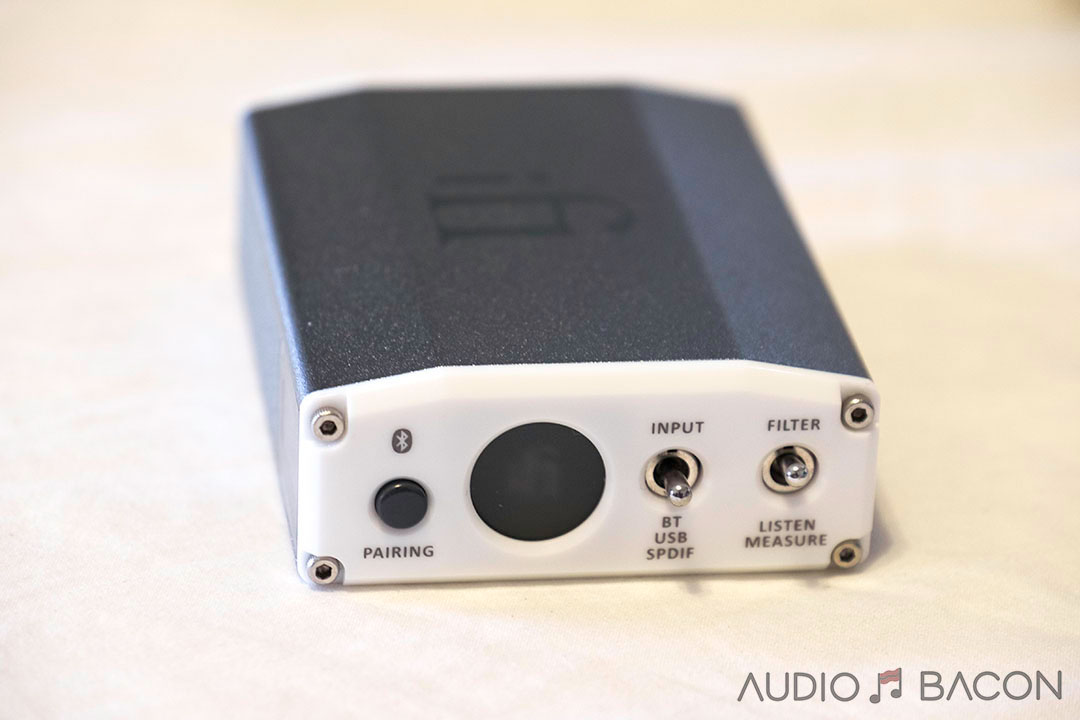
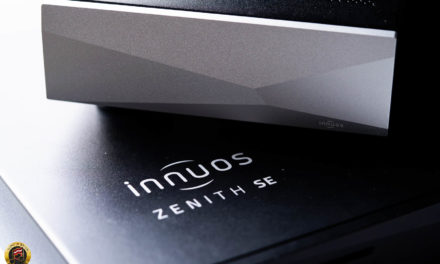

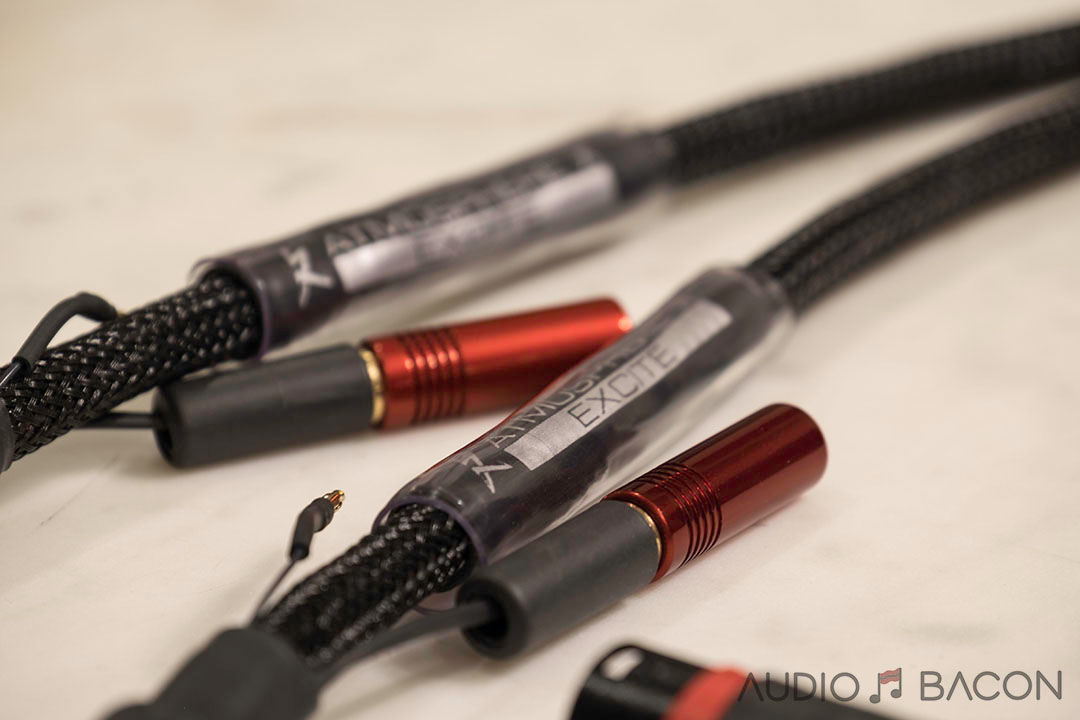

Gentlemen, thank you for the wonderful review on Iconoclast cables. We do indeed hope to turn the high end cable industry upside down by bringing Iconoclast to market. These cables are designed using real science by the leading cable designer in the country. He did this for what at first may seem selfish reasons. He did it for himself. Thankfully he shared making it possible for almost anyone to acquire cables that will truly let the rest of their audio system perform. Remember, cables can never add or increase amplitude. Cables usually just get in the way, shadow or just pain mask the signal. Iconoclast cables maximize each factory and more importantly, get out of the way! Interested customers or potential dealers may contact me directly at bhoward@iconoclastcable.com Thank you so very much again for the great review.
Great to have a standard in cables that will satisfy audiophiles and professionals. Will be great for the many young enthusiasts who want to upgrade, but are faced with 50 different brands and many confusing opinions.